Description
Discover the Power of Amaranth Flour: A Nutrient-Rich, Gluten-Free Superfood
Amaranth flour, also known as rajgira atta, is an ancient grain that has been revered for centuries for its incredible health benefits. As a gluten-free superfood, it’s gaining popularity among health-conscious individuals, fitness enthusiasts, and those with dietary restrictions. This versatile flour is packed with nutrients that make it an excellent addition to any diet, whether you are looking to improve your health, manage your weight, or simply enjoy a nutritious meal.
What is Amaranth Flour?
Amaranth flour is derived from the seeds of the amaranth plant, a pseudo-cereal that has been cultivated for over 8,000 years. It is particularly popular in India, where it is known as rajgira atta. Unlike traditional grains, amaranth is not a true cereal but offers similar uses and even superior nutritional benefits. The flour is made by grinding the tiny, protein-rich seeds of the amaranth plant, resulting in a fine, slightly nutty-flavored flour that can be used in a variety of culinary applications.
Nutritional Profile of Amaranth Flour
One of the most compelling reasons to incorporate amaranth flour into your diet is its impressive nutritional profile. Amaranth flour is rich in:
- Protein: It contains all nine essential amino acids, making it a complete protein source, which is particularly beneficial for vegetarians and vegans.
- Calcium: Amaranth flour boasts more calcium than most other grains, making it an excellent choice for bone health.
- Iron: It is a great source of iron, which is crucial for maintaining healthy blood cells and preventing anemia.
- Magnesium: This essential mineral supports muscle function, nerve function, and bone health.
- Fiber: High in dietary fiber, amaranth flour helps to promote digestive health and maintain a healthy weight.
Health Benefits
Amaranth flour offers numerous health benefits that make it a valuable addition to your kitchen. Here’s how it can support your well-being:
- Gluten-Free Goodness: For individuals with celiac disease or gluten sensitivity, amaranth flour provides a safe and nutritious alternative to wheat-based flours. It can be used in gluten-free baking to create everything from pancakes to bread.
- Promotes Heart Health: The high fiber content in rajgira atta helps lower cholesterol levels, which is essential for heart health. Additionally, the presence of magnesium supports cardiovascular function and helps regulate blood pressure.
- Supports Digestive Health: With its high fiber content, amaranth flour promotes regular bowel movements and prevents constipation. It also supports a healthy gut microbiome by providing nourishment for beneficial gut bacteria.
- Boosts Immunity: Rich in antioxidants such as vitamins C and E, amaranth flour helps protect the body from oxidative stress and boosts the immune system. These antioxidants also play a role in reducing inflammation, which can help manage chronic conditions.
- Aids in Blood Sugar Management: Amaranth flour has a low glycemic index, which means it releases sugar into the bloodstream slowly. This property makes it a suitable choice for individuals with diabetes or those looking to manage their blood sugar levels.
- Enhances Bone Health: Thanks to its high calcium content, rajgira atta supports bone health and can help prevent osteoporosis, especially in individuals who do not consume dairy products.
- Weight Management: The fiber and protein in amaranth flour help to promote satiety, reducing overall calorie intake and aiding in weight management. The flour’s nutrient density also means you get more nutrients with fewer calories.
Culinary Uses
The versatility of rajgira atta makes it a staple in both traditional and modern kitchens. Here are some ways you can incorporate this nutrient-rich flour into your diet:
- Baking: Use amaranth flour as a substitute for wheat flour in gluten-free baking. It works well in bread, muffins, pancakes, and even cookies. Combine it with other gluten-free flours like almond or coconut flour for the best results.
- Flatbreads and Rotis: Amaranth flour is traditionally used in India to make rajgira roti or parathas, especially during fasting periods. These gluten-free flatbreads are soft, flavorful, and can be enjoyed with a variety of dishes.
- Porridges and Breakfast Cereals: Start your day with a warm bowl of amaranth porridge. Simply cook the flour with water or milk, and add your favorite fruits, nuts, and sweeteners for a nutritious breakfast.
- Soups and Stews: Amaranth flour can be used as a thickener in soups and stews, adding a nutty flavor and a creamy texture.
- Pasta and Noodles: Make your own gluten-free pasta or noodles using rajgira atta. The flour’s high protein content makes it ideal for creating a firm, satisfying pasta that holds up well to sauces.
- Snacks and Desserts: Incorporate amaranth flour into snacks like crackers, energy bars, or even sweet treats like ladoos and halwa. Its slightly sweet, nutty flavor complements both savory and sweet recipes.
Why Choose Organic Shastra?
Opting for organic amaranth flour ensures that you are consuming a product free from pesticides, synthetic fertilizers, and GMOs. Organic farming practices also promote biodiversity and soil health, making it a more sustainable choice for the environment. When you choose organic, you’re not only benefiting your health but also supporting farming practices that are better for the planet.
Tips for Using Amaranth Flour
- Storage: Store amaranth flour in an airtight container in a cool, dry place to maintain its freshness. If you buy in bulk, consider storing it in the refrigerator or freezer to extend its shelf life.
- Cooking Tips: When baking with rajgira atta, combine it with other flours to achieve the desired texture and flavor. It absorbs more liquid than wheat flour, so you may need to adjust your recipes accordingly.
- Experiment with Recipes: Don’t be afraid to get creative in the kitchen. Try substituting amaranth flour in your favorite recipes or explore traditional Indian recipes like rajgira parathas and ladoos.
Amaranth flour is a versatile and nutritious ingredient that can elevate your diet with its rich nutritional profile and numerous health benefits. Whether you’re looking for a gluten-free alternative, seeking to improve your heart health, or simply wanting to add more nutrient-dense foods to your meals, rajgira atta is an excellent choice. With its wide range of culinary uses, it’s easy to incorporate this ancient superfood into your daily routine. Make the switch to organic amaranth flour today and experience the benefits of this powerful grain.


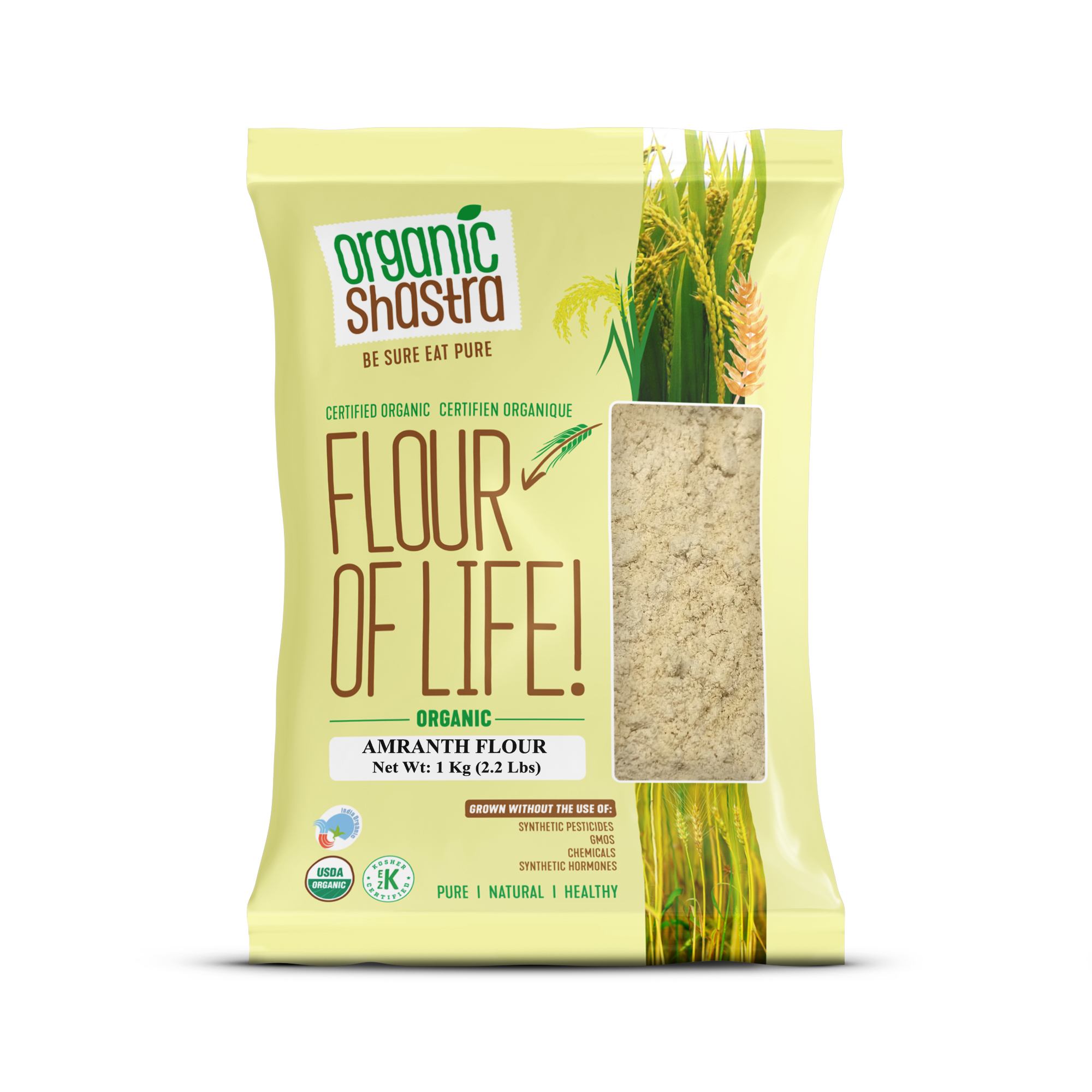
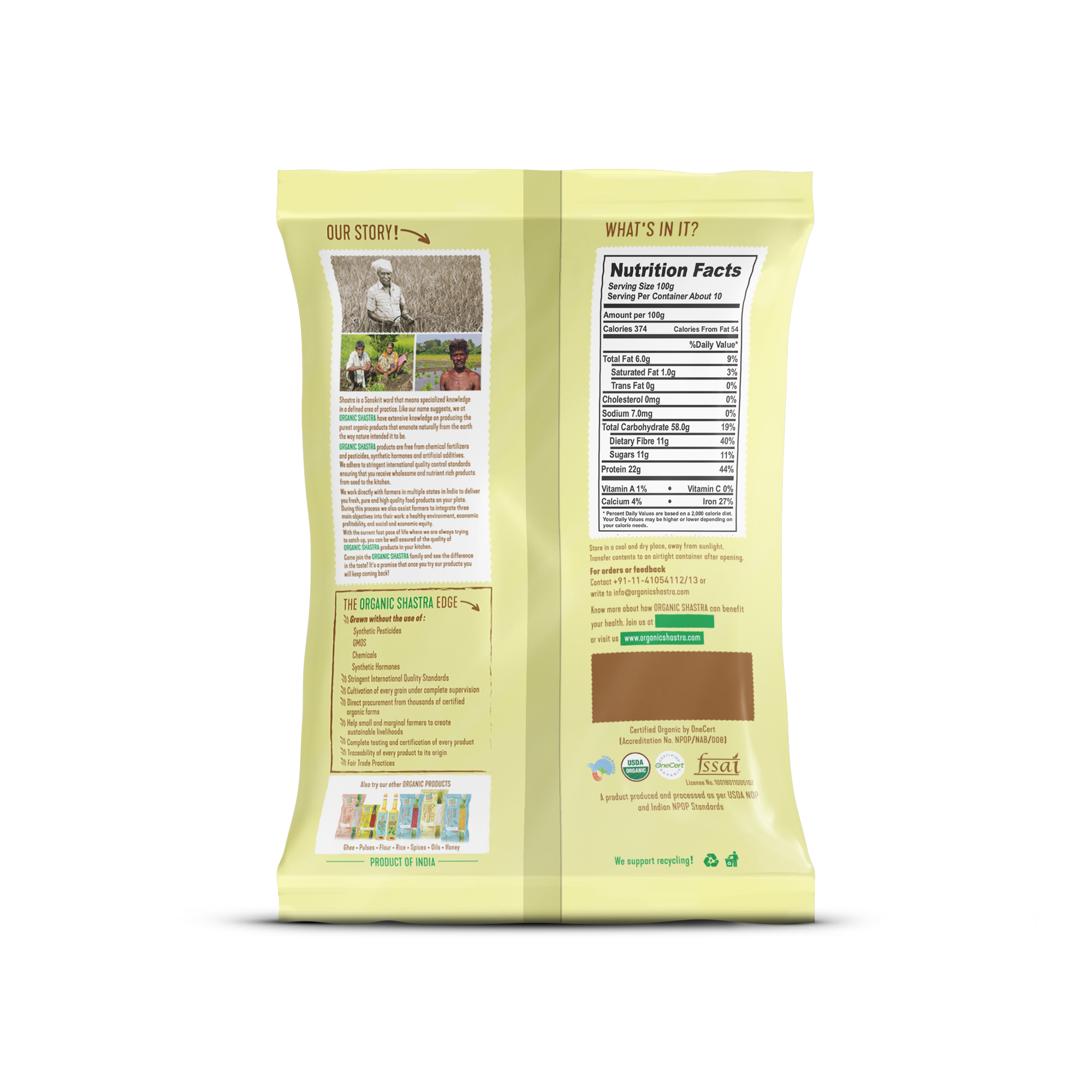





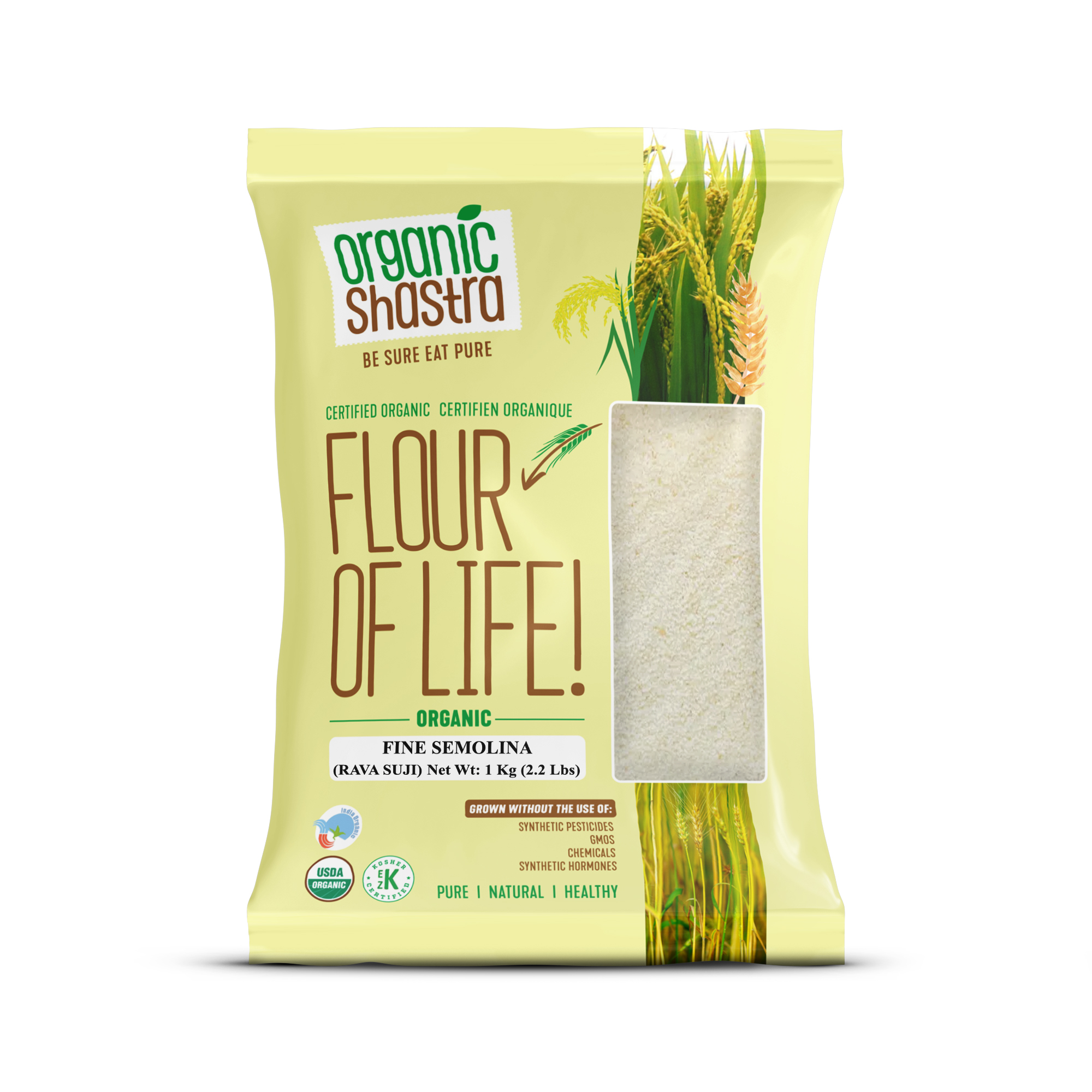
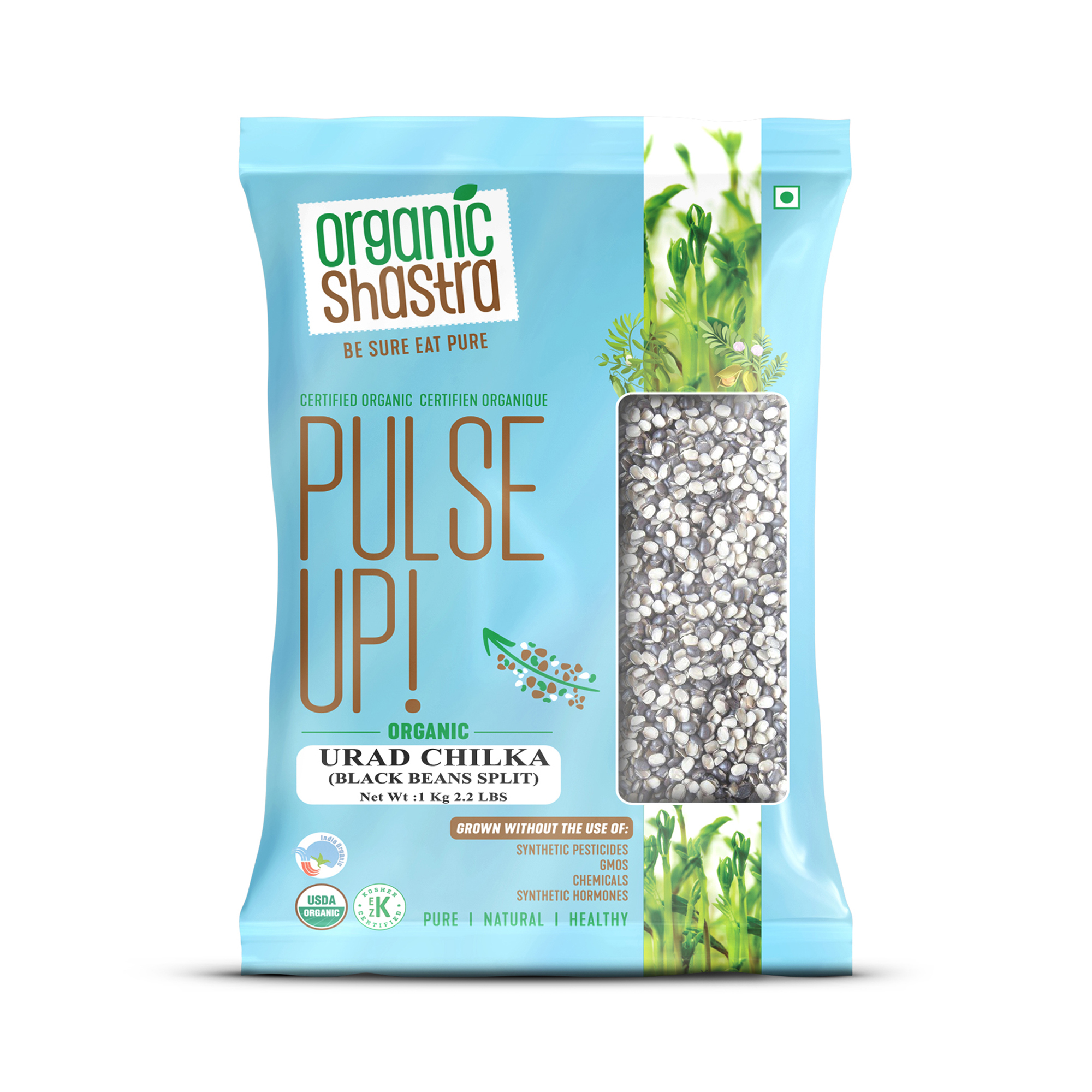




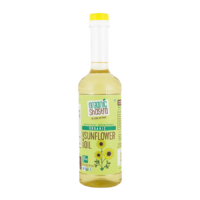
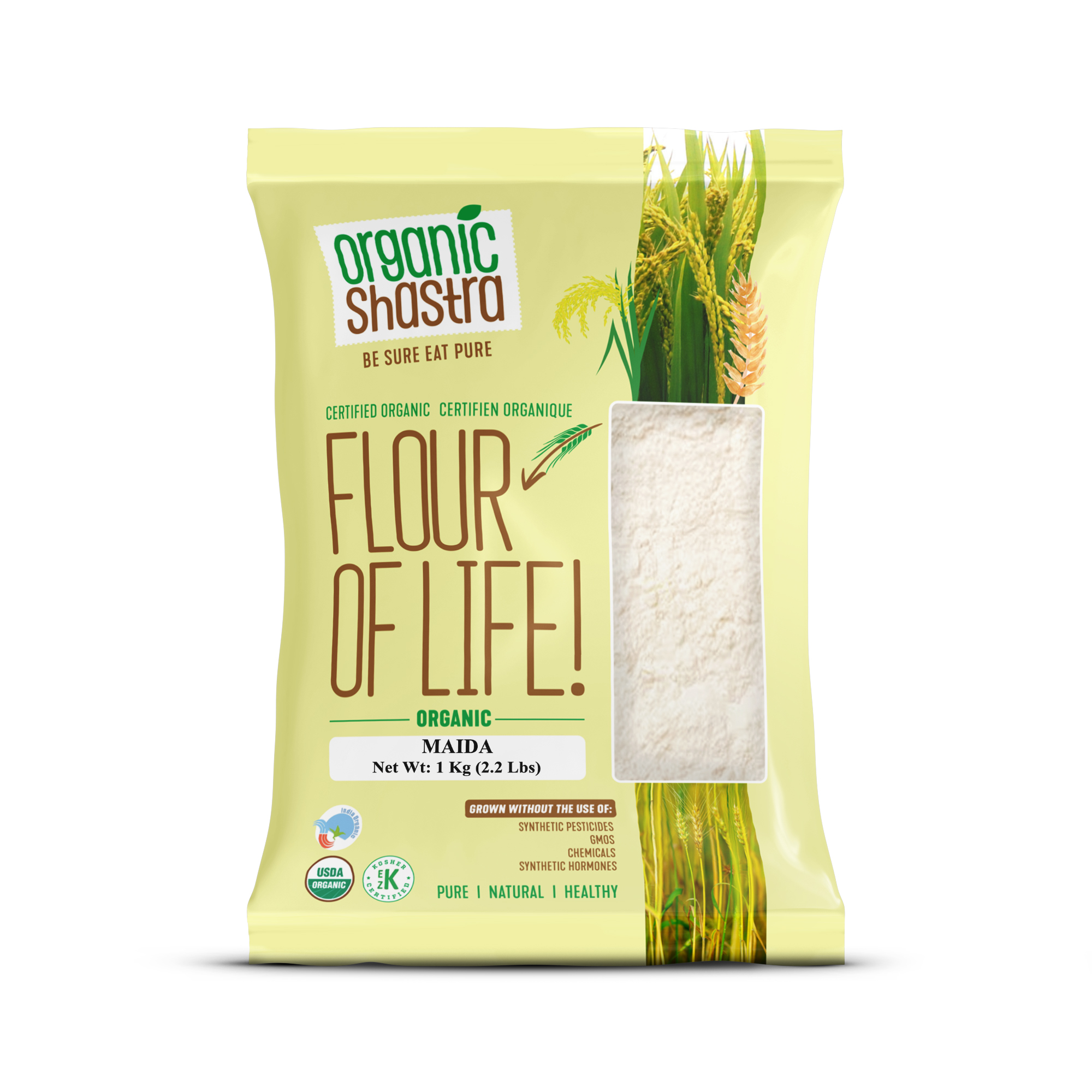
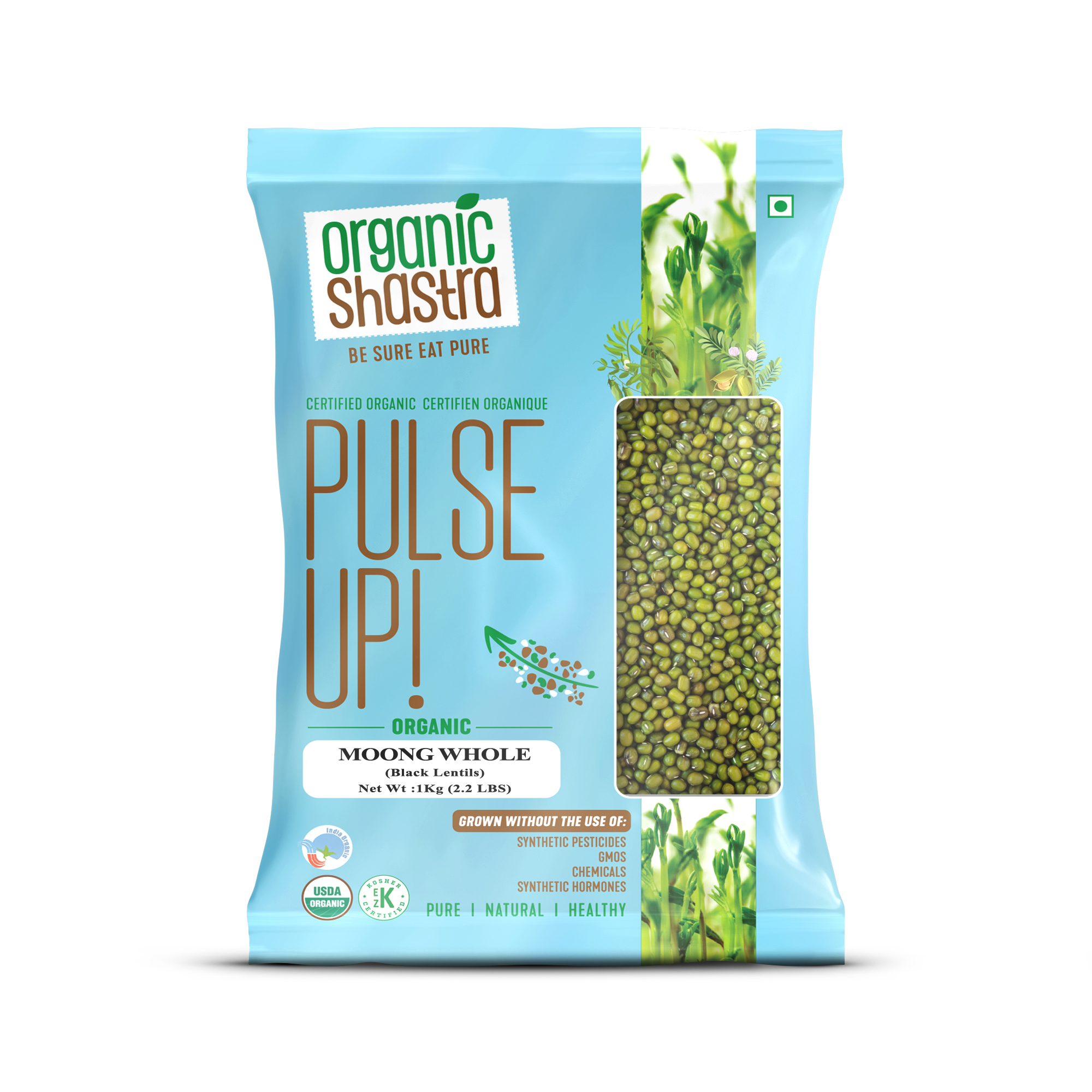






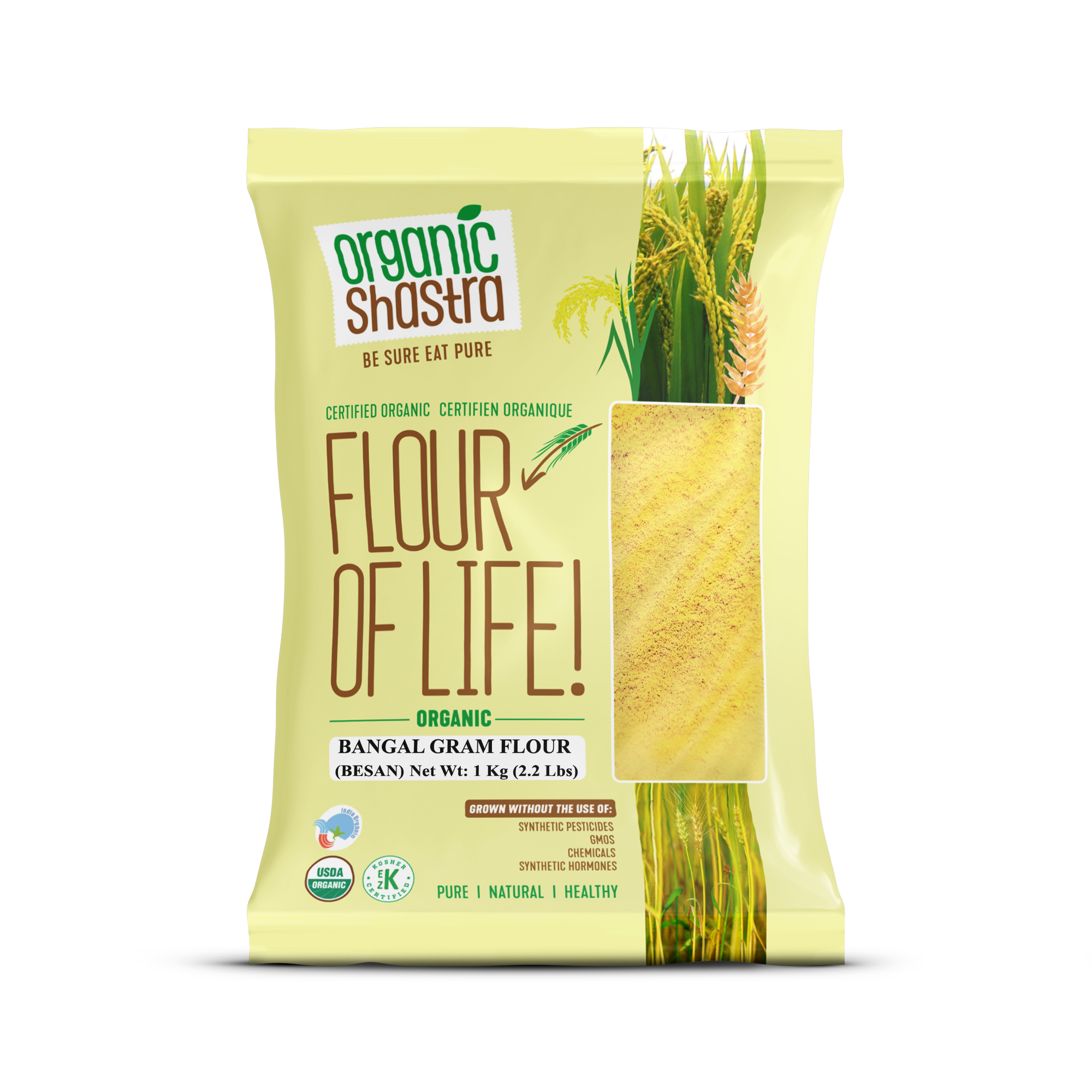

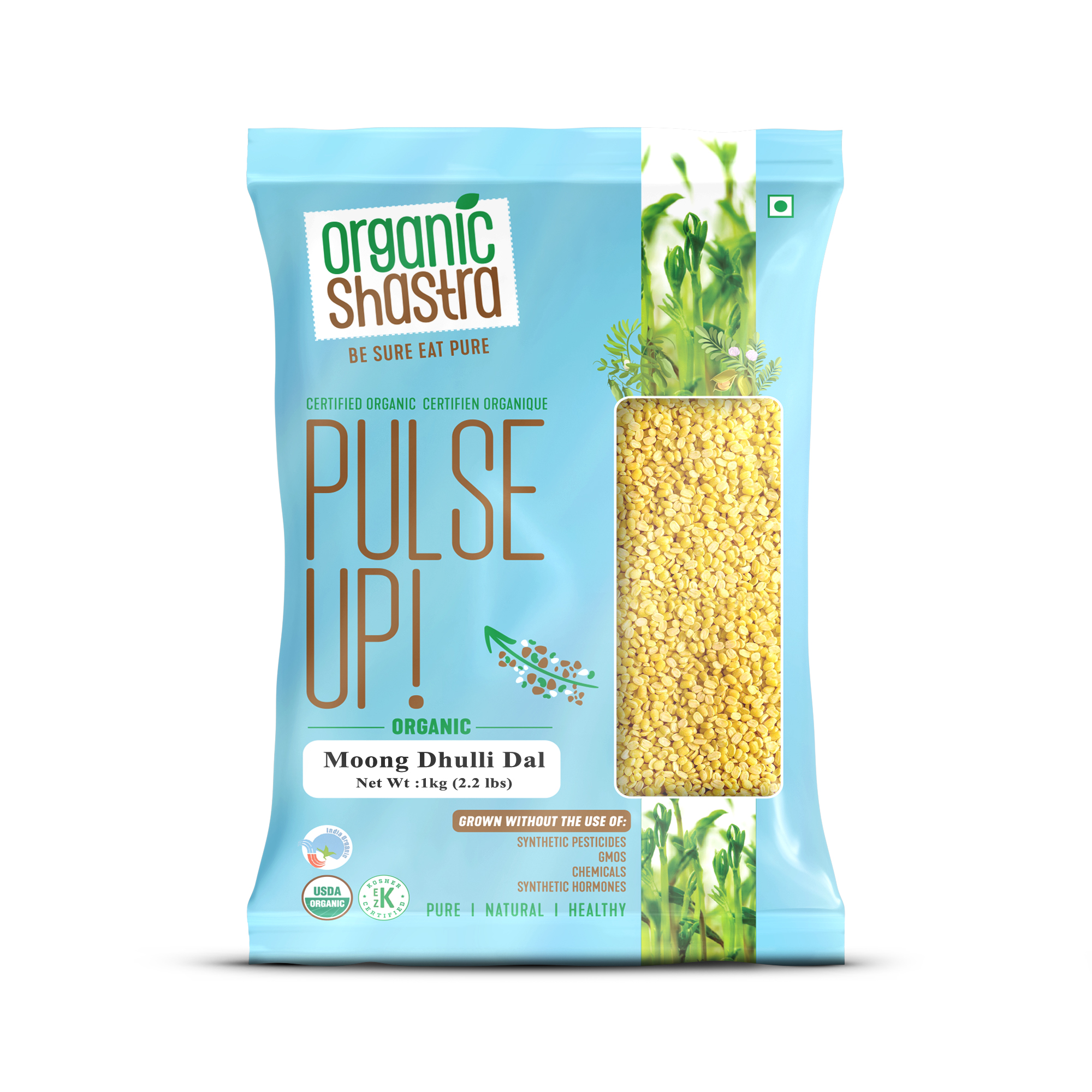
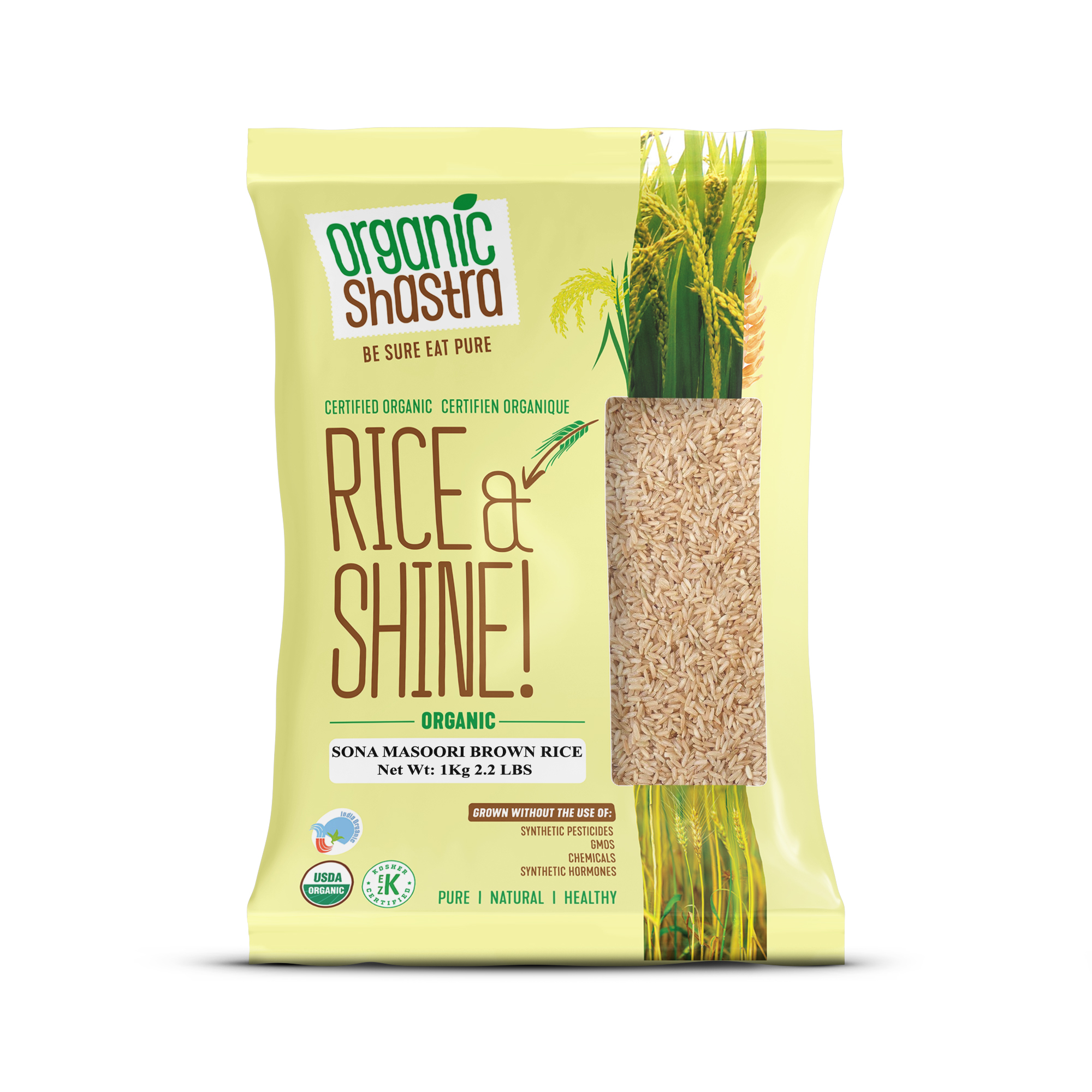

Reviews
There are no reviews yet.